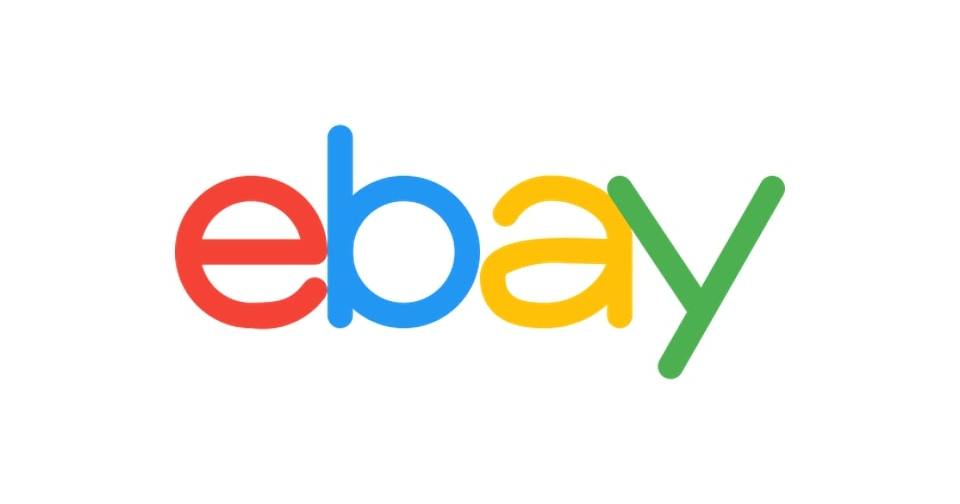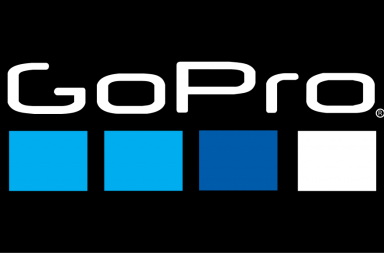Content

Bankrate does not offer advisory or brokerage services, nor does it provide individualized recommendations or personalized investment advice. Investment decisions should be based on an evaluation of your own personal financial situation, needs, risk tolerance and investment objectives. These alternative methods can offer unique benefits and address some of the limitations of direct listings or traditional IPOs. When deciding between a direct listing and a traditional IPO, companies should consider their capital needs, growth strategy, company size, market reputation, and investor relations objectives. Although a direct listing can be a cheaper, faster way for a company to go public, investors considering these vehicles should be aware of the unique risks. You could buy it the first day it trades and face immediate pressure from heavily invested insiders who are trying to sell the shares they held going into the first day of trading.
- A company goes public when its stock is sold to public market investors for the first time and the value of the entire company is determined when it begins trading on a public exchange.
- Although relatively new, this method has been used by companies, particularly those in the tech space, that want to avoid some of the red tape that comes with an IPO.
- This reduces the regulatory requirements, allowing for a quicker process, and saves the money necessary to hire investment bankers, though it also means that the company will likely only be selling a limited number of shares compared to an IPO.
- If you’re looking at investing in newly public companies, another popular option is buying a special purpose acquisition company, or SPAC.
Instead, the stock exchange assigns a Designated Market Maker (DMM) to facilitate price discovery during the opening auction. Unlike an IPO that issues pre-market IPO shares, a Direct Public Listing will simply start trading on the exchange upon market open, with privately-held shares from existing investors. A direct listing is a process by which a company can go public by selling existing shares instead of offering new ones. Companies that choose to go public using the direct listing method usually have different goals than those that use an initial public offering (IPO). “Companies that pursue a direct listing have different objectives,” said Jack Cassel, Nasdaq’s vice president of new listings and capital markets. “Some companies don’t want to issue new shares and dilute their existing shareholders.
How do you ensure your direct listings or IPO runs smoothly?
And some companies don’t want to have the lockup.” A direct listing can provide liquidity to shareholders, rather than targeting new money, as with an IPO. A company that’s going public typically has existing shareholders, including founders, employees, and early-stage investors. Both an IPO and a direct listing enable these investors to “cash out.” However, with an IPO, there is a “lockup” period, typically between 90 to 180 days, in which shareholders are restricted from selling outside of the IPO. DPOs are a relatively new phenomenon that offers certain advantages for companies, including a chance to save money going public (or putting shares on a stock exchange).
Get in touch with us today to learn more about how we can help you join the public market. A direct listing can be a faster, more efficient way for a company to go public by avoiding the underwriter that an IPO must have. However, this can lead to more volatility in the stock when it starts to trade since there isn’t the same level of price determination as there is with the underwriting of a stock in an IPO. Another benefit of IPOs is the “greenshoe option.” This will grant the IPO underwriter the option to sell more shares if there is sufficient demand. In turn, this helps raise even more capital for the company that’s going public. The rise of direct listings (and SPACs) is clearly an effort by market participants to do just that.

As in the IPO process, a company that lists directly must file a prospectus that details financial and legal details of the company as well as any business risks and other pertinent information. Upon listing of the company’s stock (whether it’s through a direct listing or an IPO), companies are subject to the reporting and governance requirements applicable to all publicly traded companies. The SEC requires all publicly traded companies to prepare and issue two disclosure-related annual reports—one that is sent to the SEC and one that is sent to the company’s shareholders. The direct listing process (DLP) is also known as direct placement or a direct public offering (DPO). In an IPO, new shares of the company are created and are underwritten by an intermediary. The absence of underwriters and institutional investors in a direct listing can lead to increased volatility and uncertainty in the early days of trading.
For Investment
The dilutive impact is kept to a minimum in a direct listing since no new capital is raised – albeit new regulations have changed the rules regarding new capital raising. The trend of direct listings is anticipated to persist, especially considering the number of well-capitalized start-ups that will soon be going public. Companies that opt for the direct listing route tend to be already well-funded (i.e. backed by more than enough capital) – therefore, there is no need for these companies to raise further capital through an IPO.
The first direct listing was the ice cream company Ben & Jerry’s in 1984, then raising only $750,000. In 2018, however, Spotify became the first corporation to use a direct listing on the New York Stock Exchange (NYSE), followed by Slack in 2019. This year, companies such as Squarespace and Roblox plan on filing publicly via direct listing. While they’ve existed for some time, only recently have direct listings become more popular for high-profile companies. For example, the first direct listing on the New York Exchange was Spotify, and occurred only in 2018.
How are DPOs different from IPOs? What are some advantages of DPOs?
An initial public offering ((IPO)) is a process whereby a privately held company issues new shares to the public and begins trading on a public exchange. Private companies go public to raise capital, grow the company, and carry out new initiatives. An IPO must meet the requirements set forth by the exchange on which they will trade as well as requirements of the Securities and Exchange Commission (SEC). Since direct listing does not use investment banks to underwrite the stocks, there is often more initial volatility. If on the day of the listing, no employees or investors want to sell their shares, then no transactions will occur. Traditionally, direct listings do not involve issuing new shares or raising capital.
Lastly, the direct listing process also does not have the “lock-up” period that applies to IPOs. In traditional IPOs, though not always required, companies have lock-up periods in which existing shareholders are not allowed to sell their shares in the public market. It prevents an overly large supply in the market that would decrease the price of the stock. In a direct listing, also known as https://g-markets.net/helpful-articles/rising-or-falling-wedge-pattern-in-forex-trading/ a direct placement, a company lists its shares on an exchange without the use of an investment bank or other intermediary. In a direct listing, insiders sell their shares straight to the public, and the company may decide to raise capital by selling stock, too. But only in 2020 did the Securities & Exchange Commission (SEC) begin allowing companies to raise capital using a direct listing.
SmartAsset Advisors, LLC (“SmartAsset”), a wholly owned subsidiary of Financial Insight Technology, is registered with the U.S. SmartAsset does not review the ongoing performance of any RIA/IAR, participate in the management of any user’s account by an RIA/IAR or provide advice regarding specific investments. At the end of 2020, the SEC announced changes to its rules surrounding IPOs and direct listings. The alterations now officially let companies raise funds through direct listings instead of only an IPO. Stock markets are volatile and can fluctuate significantly in response to company, industry, political, regulatory, market, or economic developments. Historically, direct listings were not viewed as a viable replacement for IPOs due to the fact that new capital could not be raised.
Risks of direct listing
T-bills are subject to price change and availability – yield is subject to change. Investments in T-bills involve a variety of risks, including credit risk, interest rate risk, and liquidity risk. As a general rule, the price of a T-bills moves inversely to changes in interest rates. Brokerage services for US-listed, registered securities are offered to self-directed customers by Open to the Public Investing, Inc. (“Open to the Public Investing”), a registered broker-dealer and member of FINRA & SIPC. Open to Public Investing is a wholly-owned subsidiary of Public Holdings, Inc. (“Public Holdings”).

However, some companies have explored hybrid approaches, such as direct listings with a capital raise, to address this limitation. These alternative methods can offer unique benefits and enable companies to access public markets while still raising the necessary funds for their growth initiatives. The lack of underwriters and institutional investors in direct listings can lead to increased volatility and uncertainty during the initial trading period.
This part of the process adds to investor confidence but is both time-consuming and costly. A direct listing is a cheaper and simpler option for a company that wants to list its shares on a public exchange. There are several reasons why a company may choose to do a direct listing over an IPO. Note that the direct listing process may also be known as a direct placement or a direct public offering. Here’s what you need to know about direct listings, with a focus on how they compare to the traditional initial public offering (IPO) process. The major difference between a direct listing and an IPO is that one sells existing stocks while the other issues new stock shares.
There are challenges and benefits to every path to the public markets, so it’s important to carefully compare a direct listing vs. IPO. Below, we share eight things you should know as you consider which path is best for your company. With DPOs, there is an even playing field, with stocks being listed on the market for everyone to access and trade. The availability of shares is dependent upon early investors, while the price is dependent upon market demand. This makes a DPO a potentially riskier route than an IPO as there could be more volatility and market swings. A Direct Public Offering (DPO), also known as a direct listing, is a way for companies to become publicly traded without a bank-backed Initial Public Offering (IPO).
You might argue that this is a more fair form of trading, and you wouldn’t have the end of the lockup period hanging over you, as you would with an IPO. The above content provided and paid for by Public and is for general informational purposes only. It is not intended to constitute investment advice or any other kind of professional advice and should not be relied upon as such. Before taking action based on any such information, we encourage you to consult with the appropriate professionals. Market and economic views are subject to change without notice and may be untimely when presented here.
Of course, any company conducting a Direct Listing must also meet the NYSE’s listing standards, which are designed to ensure that all our companies meet the same high bar investors have come to expect when a company is NYSE-listed. RoadshowsFlexibility on the Direct Listing process allows a company to go effective without a waiting period after filing their S-1. Previous listed companies have utilized this feature to opt for an Investor Day in lieu of a Roadshow. Once the S-1 is filed, the SEC makes comments that require revisions to the form, and the back and forth typically takes ten to twelve weeks before the securities can be publicly listed. The market experts at Toppan Merrill are well-versed in the key differences between the various investment vehicles and what document and regulatory requirements apply to your specific IPO needs.

